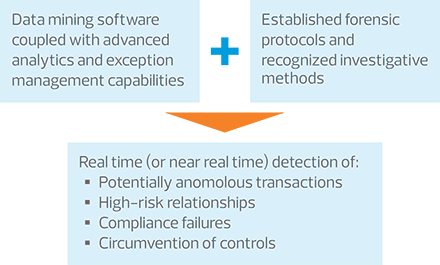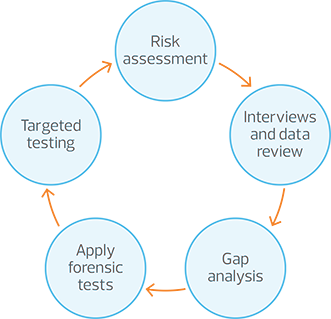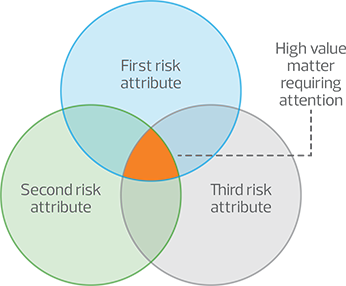This article was originally published on June 18, 2019 and has been updated.
In September 2024, the Department of Justice (DOJ) Criminal Division published an updated Evaluation of Corporate Compliance Programs Guidance Document (the guidance) for prosecutors to use in evaluating corporate compliance programs. The guidance, which provides a window into the DOJ’s evolving enforcement expectations, lays out three principal areas prosecutors should explore when faced with evaluating a corporate compliance program in the context of a criminal investigation.
- Is the corporation’s compliance program well-designed?
- Is the program being applied earnestly and in good faith? In other words, is the program adequately resourced and empowered to function effectively?
- Does the corporation’s compliance program work in practice?
Coinciding with this update, the DOJ launched a three-year pilot program regarding incentives and clawbacks of executive compensation. This program requires companies entering into deferred prosecution agreements or other criminal resolutions to incentivize compliance and have mechanisms to claw back executive compensation in the event compliance is not effective.
With this renewed and enhanced scrutiny on compliance programs, including personal financial impact to executives, organizations are more focused than ever on the efficacy of their compliance program. This article will focus on how those charged with implementing and testing compliance programs can incorporate data analytics and monitoring protocols to evaluate the efficacy of their program.
Does your organization’s compliance program work in practice?
The guidance points to several factors that companies should focus on to assess whether a compliance program works in practice, including:
- Continuous improvement, periodic testing and review
- Investigation of suspected misconduct
- Gap analysis and remediation of underlying misconduct
To address each of these factors, organizations can incorporate analytics and periodic monitoring into their suite of forensic protocols. Organizations generate and maintain tremendous amounts of data. The power to harness this data and apply analytical tools and procedures to identify problematic trends, uncover high-risk relationships and detect noneconomic transactions can facilitate the early identification of fraud schemes that require investigation, and assist in the process of remediation—two of the stated goals contained in the guidance.
Below we have outlined a suggested protocol for applying forensic data analytics and periodic monitoring to assist boards, general counsel, compliance professionals and external counsel in mitigating risk, reducing exposure and testing the efficacy of an organization’s compliance programs.
We will explore the concept of monitoring, the use of monitoring as a risk mitigation solution, and discuss program implementation procedures and common hurdles.
What is periodic monitoring?
As depicted in Figure 1 below, a monitoring program integrates data analytics with sound forensic practices to detect the following in a timely fashion: high-risk transactions, undisclosed conflicts of interest, internal control and compliance failures, and potential collusive behaviors.




